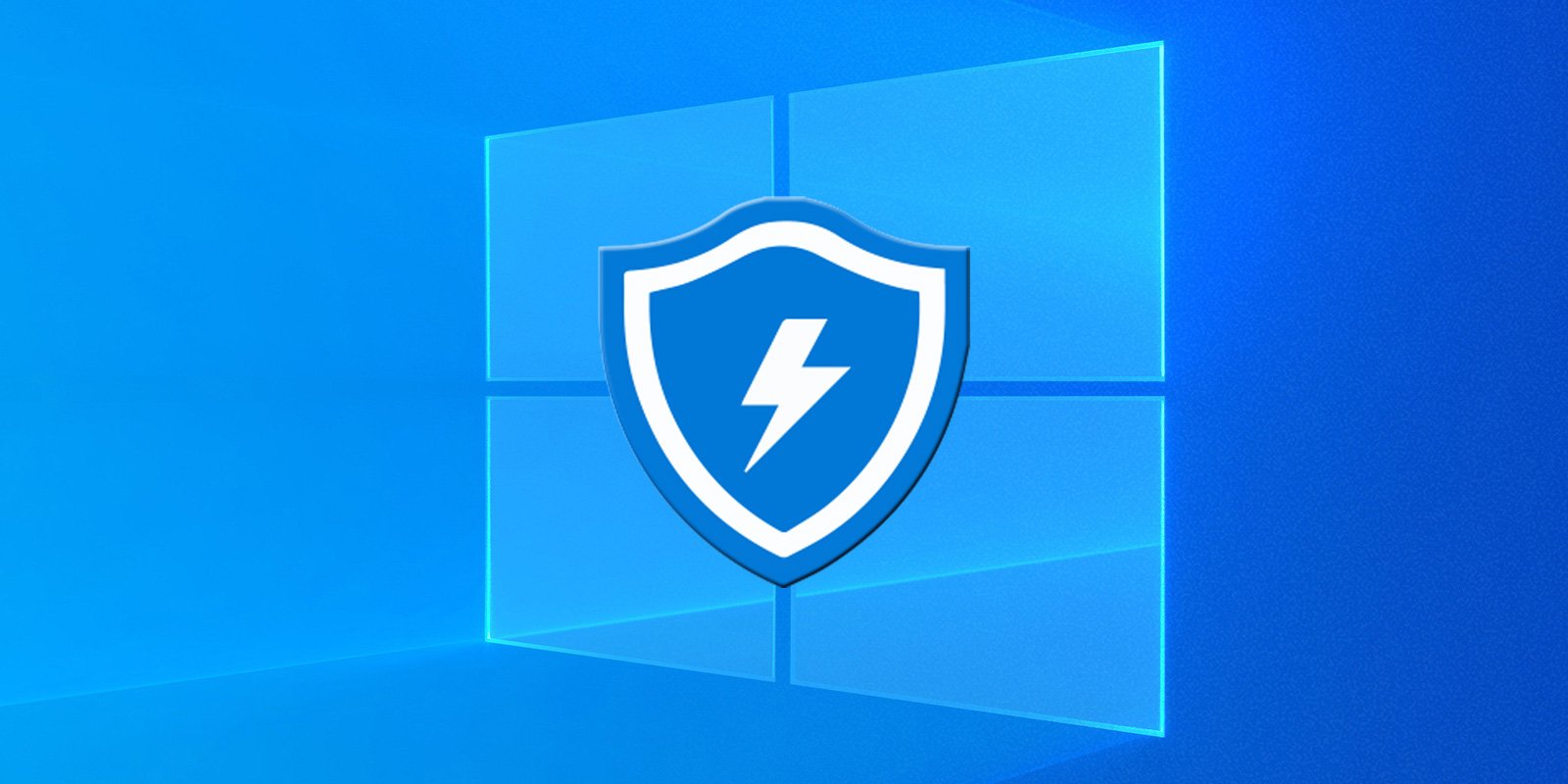Windows 10 Antivirus
Windows 10 comes with an antivirus by default, Microsoft Defender will scan your system files regularly, sometimes you have to temporarily or permanently disable your antivirus, you may decide Have replaced it with your antivirus, in which case turning off the default Windows 10 antivirus could be a good option.
If you install another antivirus software yourself, Windows 10 Antivirus will be disabled automatically, although at times you may not have installed another antivirus, and you may want to just turn it off completely, in this article we will fully explain the steps.
Turning off the Antivirus
Note: Do this only if you are aware of the dangers that may threaten your system. If you have not installed another antivirus program on your system, your system may be infected while the antivirus is down.
- To disable the antivirus, first, click on the Windows search menu and type the phrase Windows security, and press Enter, click on the Windows security icon and run it.Now the Window security window is visible to you, in this section of the left bar, select Virus & threat protection and click on manage setting.
- On the new page, find Real–time protection and disable it.
- Your antivirus is now down and this page will show you a message stating that your antivirus is disabled, and your system is vulnerable to viruses and malware, also your antivirus is disabled but It will be reactivated automatically shortly.
- Close the window and the settings you applied will be saved, you can also go to the above steps to turn on the antivirus again and this time enable it.
Specify Exceptions
It may happen to you that the antivirus detects some of your files as viruses and tries to remove them from the system, there is a solution for this antivirus, the files that you will specify won’t go through any scans or anything like that, this method is perfect for users who use crack and patches of software and games because it is illegal, the antivirus will quickly recognize it as a virus and try to remove it.
This method can also help you with remote control programs, as it may detect these programs as viruses.
Note: Antiviruses are designed to scan all files and remove them if they see a threat to the operating system, so it is better not to separate more than 10 or 5 files and programs from the scans, because if malware or a virus enters the folders you specify, the antivirus will have no way to scan them.
- In the first step, type the Windows security in the windows search bar and click on it.
- Now the Security application window is open for you, select Virus & threat protection from the left bar and then click on Manage Setting.
- In the Virus & Threat Protection Setting section, scroll to the bottom of the page and click Add or remove the exclusion.
- On the Exclusions page, you can add or remove an exception to the antivirus, click Add an exclusion.
- A small window will open allowing you to add a file or folder or process to the list of non-scannable items to separate the operating system from the rest of the files, this will not change the file or the location of the file, it won’t make any changes on the file or folder or process.
- File: If you select this option, you can select a file of your choice, click on it so that the specified file no longer appears in the scans.
- Folder: Like the file option, this option will allow you to specify a folder so that it can not be scanned, as well as all the contents of this folder and the files in it will no longer be scannable.
- File type: In this section, the system will ask you to specify a file extension for the antivirus, after specifying the extensions, all files that have the extension specified by you, will no longer be scanned, this also very dangerous, because you may also mark extensions such as PDF or DOC, which are a large number of malicious files in this category.
- Processing: This section will bring up a window asking you to enter the name of the process you want to separate, meaning the processing of running software and applications.
After selecting the desired method and selecting the desired file or folder or processing, there will be a window showing you a summary of those files and folders.
Also, if you want to return the specified files to the list of items that are visible by the antivirus, you can go to the previous page and click on the option to see the Remove option, click on it to let it scan like the rest of the files.
Done, close the security & defender page window, the changes will be applied automatically to your system, by following these steps, the next time your antivirus tries to scan your files, files and Items you have separated will not be scanned.

